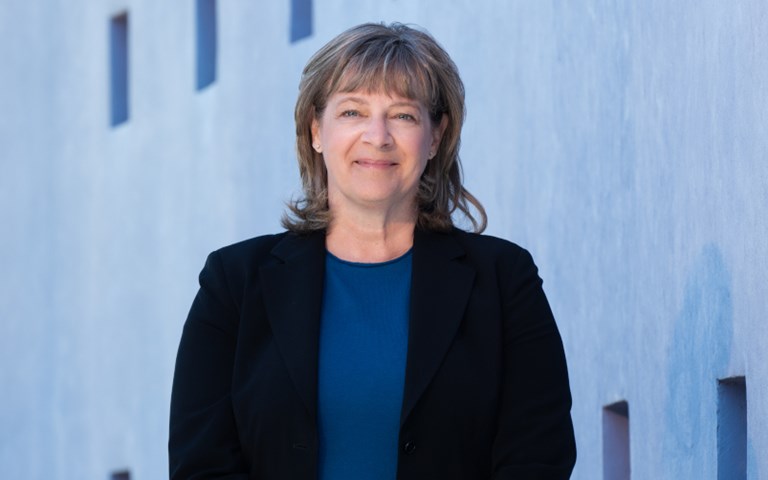Our industry, like many, faces a significant issue with the availability of future talent. In fact, the Mining Industry Human Resources Council (MiHR) reported that, when surveyed about the likelihood that they would work in a variety of occupations, young Canadians, aged 15 to 30, indicated 70 per cent would probably not or would definitely not consider mining as a career.
Pierre Julien threw us a curve ball as he completed his tenure as CIM president. In his final President’s note, entitled “What’s in a Name?” in the March/April issue, he talked about the mining industry’s chronic workforce shortage and our “branding.” He asserted that we are, in fact, an industry that develops and deploys advanced technology in the search for, and the production of minerals and metals. We do all these things with the final goal of producing the minerals needed to grow food and the metals we need to sustain our modern way of life, including metals required to decarbonize our economy in the race against climate change. Referring to ourselves as the mining industry allows society to cling to antiquated and traditional perceptions.
In an instance of synchronicity, CIMBC22 keynote speaker Beau Lotto, professor of neuroscience, author and CEO of Lab of Misfits LLC, encouraged all of us to challenge our perceptions because they constrain us. He described working with Cirque du Soleil, helping Cirque expand their business model by shifting their self-perception from being in the circus business towards a business of “awe and wonder”; a perception that resonated with the public.
Beau conducted a mini-lab experiment with convention attendees, asking a handful of questions, and his conclusion was that the people in our industry are driven by purpose (much more than he knew and way more than the general society) and tapping into this purpose in an authentic way is the secret to altering how society and future employees perceive our industry.
Beau gave us hope and so did my next experience.
I had the opportunity to introduce him to more than 150 students, recent graduates and young professionals that participated in the convention this year at a panel discussion with Beau and three talented mining professionals. It was absolutely inspiring to listen to the panelists’ unfeigned answers to the students’ questions. At one point while describing his career journey, Adrian Heieis explained that after graduating from UBC as a mining engineer he worked for several years in Silicon Valley and questioned whether he would ever work for a “traditional” mining company. However, the uptick in the application of technologies by the mining industry, and his observation that many companies, like his current employer Teck Resources, were exhibiting an authentic sense of community and purpose solidified his decision to return. Adrian is not alone. Beau shared that millennials demand that companies stand for more than just profits and are in service of something larger than themselves.
We have the key ingredients to resolve our workforce shortage. The paradigm shift from mining being the “dirty” side of the green economy to the high-tech industry supplying the minerals and metals required by society, an industry comprising people with a desire to have purposeful, adventurous and meaningful careers may take a bit of time. To the 10,000 strong CIM community, however, I offer this challenge:
Let’s stop hesitating and thinking about how we want to answer the question “what do you do?” when someone asks. Get the elevator pitch ready and be prepared to give it authentically and with passion. If 10,000 people can each inspire one person to enter or stay in our industry in the next 365 days, what a gift to the industry, and to our institute, which is turning 125 in 2023.
Join me and take the challenge!




